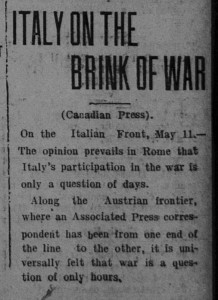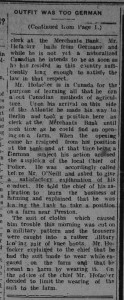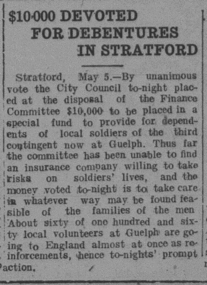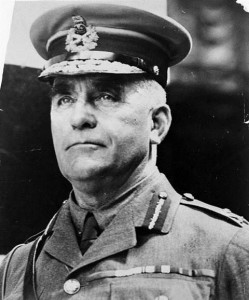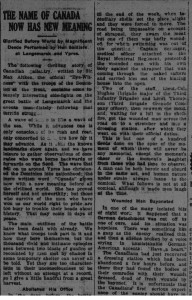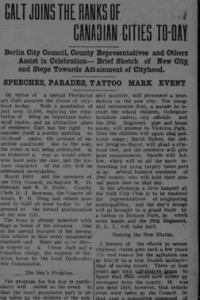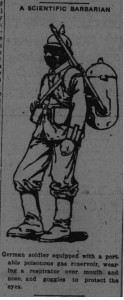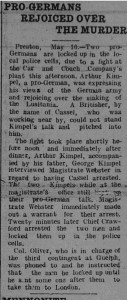 Around noon on May 10, Arthur Kimpel was at the Car and Coach Company plant expressing his pro-German views, including praising the sinking of the Lusitania, a passenger ship torpedoed by the Germans on May 7. Cassel, a British man, was listening and a fight ensued. Kimpel and his father went to Magistrate Webster after dinner, wanting Cassel to be arrested. While at the Magistrate’s office, father and son spoke highly of the German army, prompting the Magistrate to write up an arrest warrant for the two men and they were arrested by Chief Crawford twenty minutes later and were held in the local police cells until they could be transported to London.
Around noon on May 10, Arthur Kimpel was at the Car and Coach Company plant expressing his pro-German views, including praising the sinking of the Lusitania, a passenger ship torpedoed by the Germans on May 7. Cassel, a British man, was listening and a fight ensued. Kimpel and his father went to Magistrate Webster after dinner, wanting Cassel to be arrested. While at the Magistrate’s office, father and son spoke highly of the German army, prompting the Magistrate to write up an arrest warrant for the two men and they were arrested by Chief Crawford twenty minutes later and were held in the local police cells until they could be transported to London.
“Pro-Germans Rejoiced over the Murder,” Berlin Daily Telegraph, May 11, 1915.
